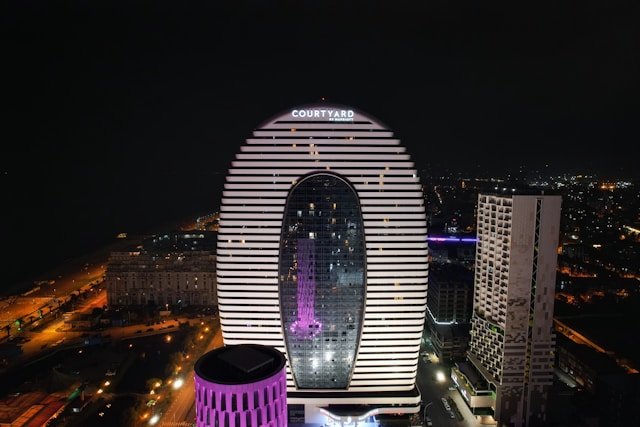Over the past year, we have proudly become an active member of the Water Conservancy, a not-for-profit organization dedicated to promoting water efficiency in Australia. This has raised questions from our clients – primarily in the U.S. - and our staff about promoting an organization virtually on the other side of the planet. But we are doing so for two key reasons:
Australia is grappling with some profoundly severe water challenges like those impacting many other countries.
The Water Conservancy promotes water efficiency, vital in helping Australia address these challenges.
The Water Conservancy and the US Alliance for Water Efficiency have joined hands to promote better water use across the world.
Before delving deeper into our involvement with the Water Conservancy, let's first understand the gravity of the water issues in Australia.
Australia receives less precipitation than any other continent except Antarctica.
Its average annual rainfall is about eighteen inches but unevenly distributed. Some of the more populated areas receive the least amount of water.
Climate change has made the country warmer and drier; it receives far less water today than it did a century ago.
The population continues to grow. In 30 years, the population will grow from 26 million today to more than 46 million.
Water consumption is expected to rise 73 percent in the next 30 years.
The country is addressing this situation; however, many of its steps have considerable pitfalls.
For instance, it has been developing desalination plants. These remove the salt from seawater, so it is drinkable. But the water they create is nicknamed "bottled electricity." Why? One plant in Syndey costs A$500,000 a day to run—even when it is sitting idle.
In Perth, the country's fourth largest city, wastewater is being poured into aquifers to be naturally filtered. The water is not used for home consumption. However, Perth is considering delivering it to water taps, which at this time is meeting considerable opposition.
Australia's only way to address its water needs for the near future is water efficiently. That's where the Water Conservancy comes into the picture. Its goal is to help Australians be more conscious of their relationship with water and its value. Doing so will encourage Australians to use water more efficiently, conserve more, and waste less.
Efficiently is the keyword here. This means the Conservancy is encouraging methods that reduce water consumption for the long term. Short-term conservation will help, of course, but it is temporary. The country has gone beyond temporary measures.
At Waterless Co., Inc., we are pioneers in water efficiency. This is one of our stated goals. We support this organization because we are in harmony with it.
And one more thing. Australia's inroads in water efficiency will help many other countries address their water challenges. Because of this, we view Australia as a leader we all should follow and support.






















